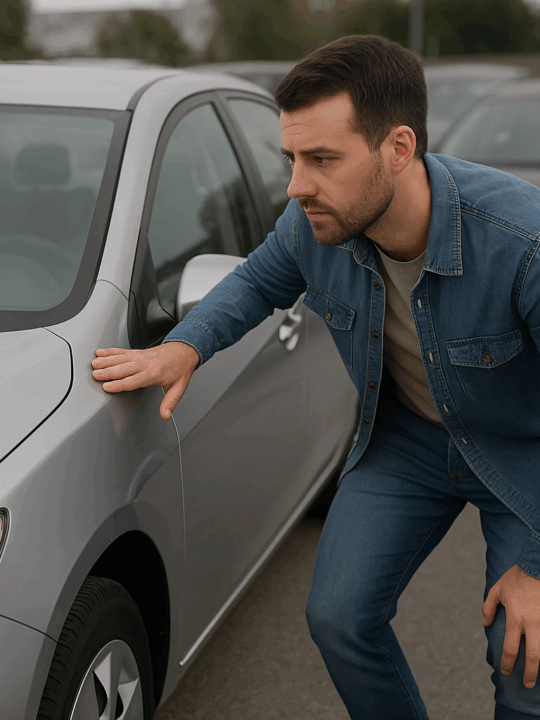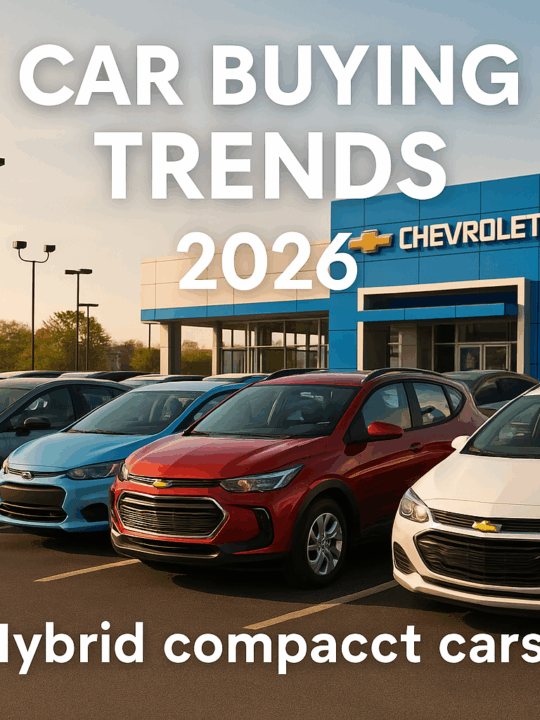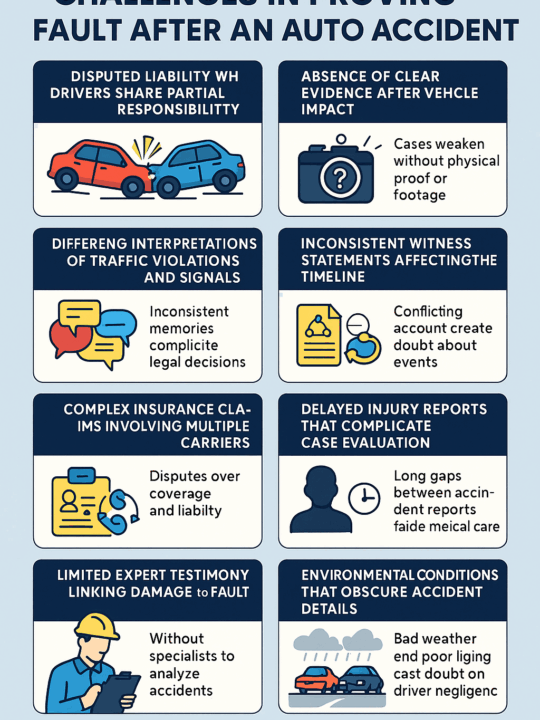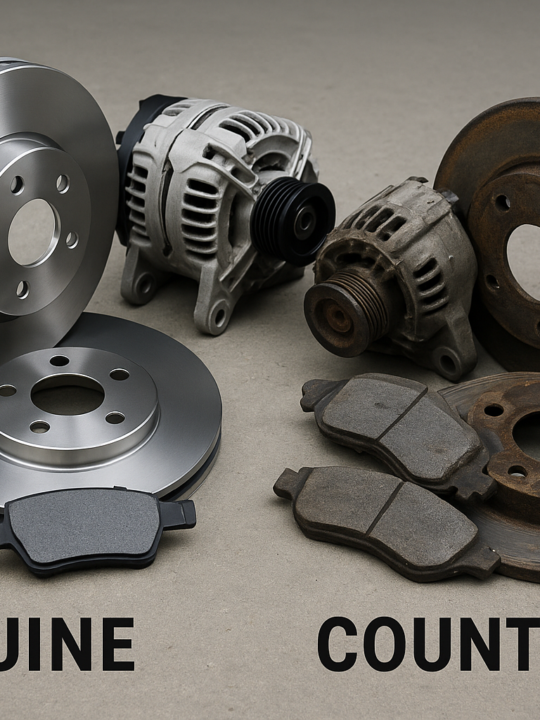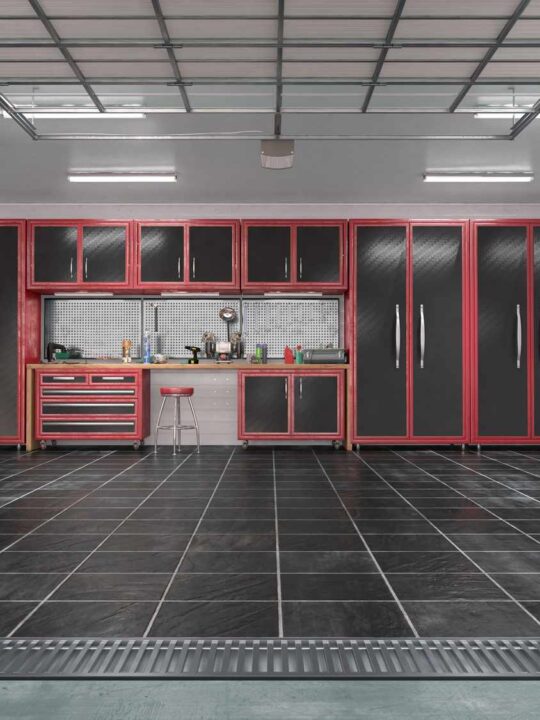The difference between a vehicle purchase that brings lasting satisfaction and one that generates growing regret often comes down to the decision-making process rather than the actual car. Smart buyers who think carefully about their needs, research thoroughly, and resist pressure often remain happy with their choices years down the road. Meanwhile, hasty decisions driven by emotion, external pressure, or insufficient thought frequently lead to that nagging feeling of having made the wrong choice. This satisfaction gap isn’t about luck or mysterious compatibility – it’s about approaching the decision in ways that lead to outcomes people genuinely want rather than outcomes they convince themselves to accept.
Understanding what creates long-term satisfaction with vehicle purchases helps replicate the thinking patterns that lead to good decisions while avoiding the traps that create regret. The goal is making choices today that future-you will appreciate rather than resent.
Buying for Actual Life, Not Imagined Scenarios
One of the most common paths to regret involves purchasing vehicles for situations that rarely or never materialize. The large SUV for camping trips that happen once a year. The sports car for weekend drives that get postponed indefinitely. The truck for hauling projects that mostly involve calling professionals with their own equipment.
These imagined-use purchases often make sense during the buying process when possibilities feel more real than they prove to be. But daily reality doesn’t match the scenarios that justified the purchase. The large SUV becomes expensive and awkward for the actual daily commute. The sports car sits because it’s impractical for routine errands. The truck capability goes unused while fuel costs remain very real.
Satisfaction comes from matching vehicles to actual patterns of use rather than hoped-for activities. Daily commute distance and conditions matter more than theoretical road trip capability. Regular passenger and cargo needs outweigh occasional maximum capacity situations. Climate and typical driving environments trump rare-use scenarios.
This doesn’t mean ignoring flexibility entirely – occasional needs do matter. But the balance should favor daily reality over rare situations. A vehicle that handles 95% of actual use perfectly and compromises slightly for the other 5% creates more satisfaction than one optimized for rare situations while being suboptimal for daily driving.
Honest Financial Assessment Before Committing
Vehicles that stretch budgets uncomfortably create ongoing stress that undermines satisfaction regardless of how well the car itself performs. Monthly payments that require cutting other spending, insurance costs that hurt, fuel expenses that add up more than expected – these financial pressures turn vehicle ownership from pleasure into burden.
Long-term satisfaction requires honest financial planning before purchasing. This means total cost of ownership, not just purchase price or monthly payments. Insurance, fuel, maintenance, registration, parking – all of these ongoing costs affect whether ownership feels comfortable or stressful.
The vehicles people remain happy with tend to fit budgets with room to spare rather than maxing out available funds. This buffer means unexpected repair costs don’t create crises. Rising insurance or fuel prices become inconveniences rather than hardships. The financial aspect of ownership fades into background rather than dominating attention.
Working with transparent dealers helps establish realistic budget expectations from the start. Quality operations providing straightforward car sales information enable buyers to understand true costs rather than discovering financial surprises after commitment. This honest approach to pricing and total ownership costs supports decisions that remain financially comfortable throughout ownership.
Setting conservative budget limits and sticking to them prevents the regret of realizing months later that the vehicle costs more to own than it delivers in value. The slightly less expensive or less featured vehicle that fits budget comfortably brings more lasting satisfaction than the dream car that creates financial stress.
Avoiding Pressure-Driven Decisions
Decisions made under pressure – time limits, social pressure, sales tactics, or self-imposed urgency – frequently lead to regret once the pressure lifts and reality sets in. The limited-time offer that forced a quick decision. The family pressure to buy something practical when personal preference pointed elsewhere. The sales process that made saying no feel harder than saying yes.
These pressure situations override careful thinking and lead to choices that satisfy the immediate need to decide rather than creating lasting satisfaction. Once the pressure disappears, buyers often realize they compromised on things that actually matter or committed to vehicles that don’t truly fit their needs.
Lasting satisfaction comes from decisions made with adequate time, information, and freedom from pressure. This might mean walking away from “too good to miss” opportunities that require immediate decisions. It might mean disappointing family members who have opinions about what vehicle is appropriate. It definitely means resisting sales tactics that create artificial urgency.
Taking time to think, research, and consult with trusted people leads to decisions that hold up better over time. The urgency that seemed so pressing during the buying process rarely matters in retrospect. What matters is whether the vehicle chosen actually works well for the years of ownership ahead.
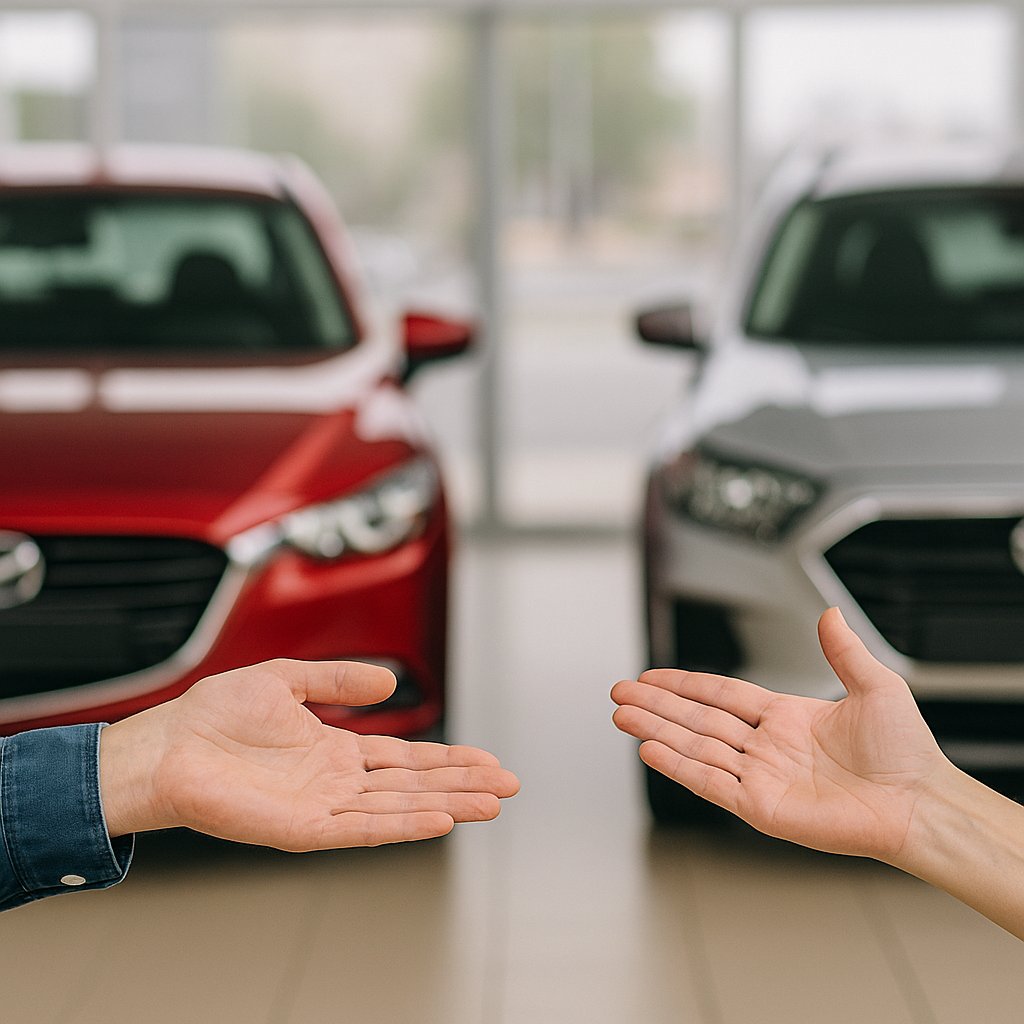
Focusing on Substance Over Image
Vehicles purchased primarily for image or status often lose their appeal once the novelty wears off and practical realities dominate daily experience. The luxury brand that impresses others but proves expensive to maintain. The distinctive model that turns heads but becomes tiresome to own. The status symbol that feels hollow once the initial pride fades.
Long-term satisfaction tends to come from vehicles chosen for how well they serve practical needs rather than how they affect perception by others. Comfortable seats matter more than brand prestige for the hours spent driving. Reliability beats style when dealing with transportation needs. Functionality trumps image when living with the vehicle daily.
This doesn’t mean ignoring aesthetics entirely – enjoying the appearance of a vehicle contributes to satisfaction. But vehicles chosen primarily for image rarely create lasting contentment. Once the social signaling becomes routine and unremarkable, what remains is the actual experience of owning and driving the vehicle. If that experience doesn’t satisfy on its own merits, regret develops regardless of how impressive the vehicle appears to others.
Learning From Past Mistakes Without Overcorrecting
Previous vehicle experiences inform current decisions, but the lesson needs proper interpretation. Hating a past vehicle doesn’t necessarily mean its opposite is correct. Disliking a small car doesn’t prove large vehicles are better – it might mean the specific small car was wrong, not the category itself. Bad experience with one brand doesn’t indict all their vehicles – it might reflect that particular model or year.
Overcorrection from past problems leads to new problems. Going from extremely small to extremely large often means trading one set of issues for another. Switching from unreliable to overbuilt might solve reliability but create unnecessary expense. The opposite of the wrong choice isn’t automatically the right choice.
Lasting satisfaction comes from understanding what specifically didn’t work about previous vehicles and addressing those issues without creating new ones. This nuanced thinking prevents pendulum swings between extremes that each generate their own regrets.
Accepting That Perfection Doesn’t Exist
Part of lasting satisfaction comes from realistic expectations. No vehicle perfectly meets every need, preference, and desire. Some compromises are inevitable. The question is whether the compromises matter in practice or just in theory.
Vehicles that create lasting satisfaction meet the important criteria while compromising on elements that prove less significant in actual ownership. Getting 90% of what truly matters creates more satisfaction than holding out for theoretical perfection that doesn’t exist at accessible price points.
This acceptance prevents the grass-is-always-greener thinking that undermines satisfaction with perfectly good vehicles. There will always be newer models, different features, or alternative vehicles that seem appealing. But constantly second-guessing past decisions prevents appreciating what’s working well about current vehicles.
The Satisfaction of Well-Considered Choices
Ultimately, lasting satisfaction comes from knowing the decision was made well regardless of whether the vehicle proves absolutely perfect. Thoughtful consideration of needs, honest financial assessment, adequate research, and resistance to pressure create confidence in the choice that persists even when minor issues arise.
This confidence means not second-guessing the decision when friends buy different vehicles or when new models appear. The choice was right for the specific circumstances, needs, and priorities at the time. That foundation of sound decision-making creates satisfaction that endures throughout ownership.
